Yugoslavia year 1988 – Museum exhibits – Traditional Crafts and Customs MNH
Yugoslavia regions had its own unique traditional crafts and customs, reflecting the cultural diversity and heritage of the people. Here are some examples of traditional crafts and customs from various regions of Yugoslavia:
- Embroidery: Embroidery was a common traditional craft across Yugoslavia, with each region having its own distinct styles and techniques. Intricate embroidery adorned traditional clothing, household items, and religious textiles. For example, Croatian embroidery often featured colorful geometric patterns, while Serbian embroidery was known for its intricate floral motifs.
- Woodcarving: Woodcarving was another prevalent craft, with artisans creating intricate carvings for furniture, religious icons, and decorative items. In Slovenia, woodcarving was particularly notable, with artisans producing intricately carved wooden spoons, boxes, and figurines.
- Pottery: Pottery-making was a traditional craft practiced throughout Yugoslavia, with each region producing its own unique styles of pottery. Croatian pottery, for example, often featured vibrant colors and intricate designs, while Serbian pottery was known for its more rustic and earthy aesthetic.
- Basket Weaving: Basket weaving was a traditional craft in many rural areas of Yugoslavia, with artisans using natural materials such as straw, reeds, and wicker to create baskets for various purposes, including carrying crops, storing food, and serving as household decorations.
- Folk Music and Dance: Folk music and dance were integral parts of traditional Yugoslav culture, with each region having its own repertoire of songs, dances, and musical instruments. Traditional folk instruments such as the tamburitza (a stringed instrument) and gusle (a type of single-stringed instrument) were commonly used in folk music performances.
- Traditional Costumes: Each region of Yugoslavia had its own traditional costumes, often featuring elaborate designs, vibrant colors, and intricate embroidery. These costumes were worn on special occasions such as weddings, festivals, and religious celebrations, and they played an essential role in preserving cultural identity and heritage.
- Festivals and Celebrations: Throughout Yugoslavia, various festivals and celebrations were held to mark important milestones, religious holidays, and seasonal events. These festivals often featured traditional music, dance, food, and crafts, providing opportunities for communities to come together and celebrate their shared cultural heritage.


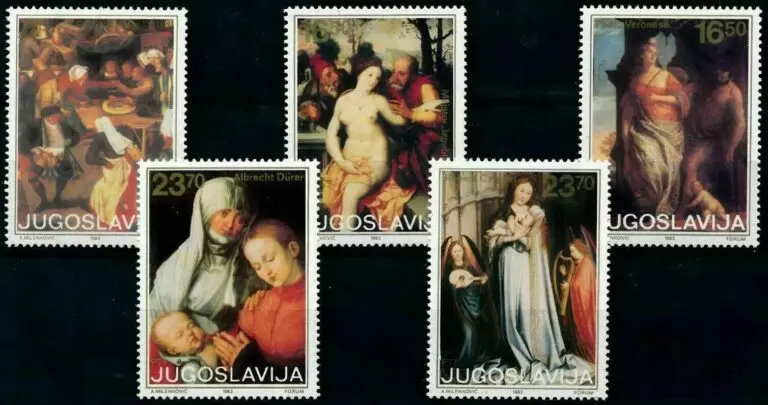
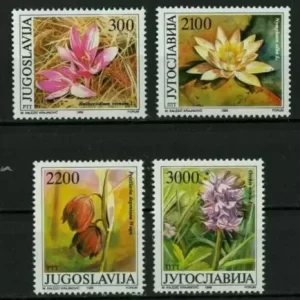
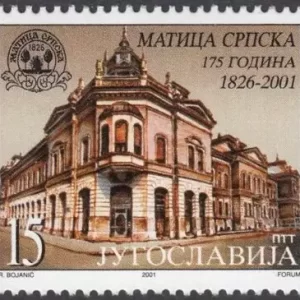



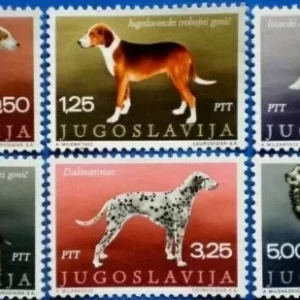

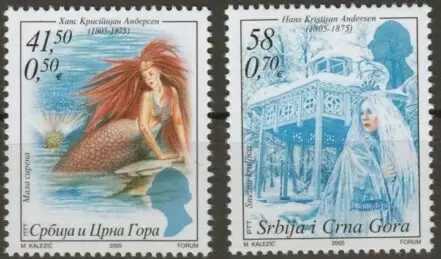

Reviews
There are no reviews yet.